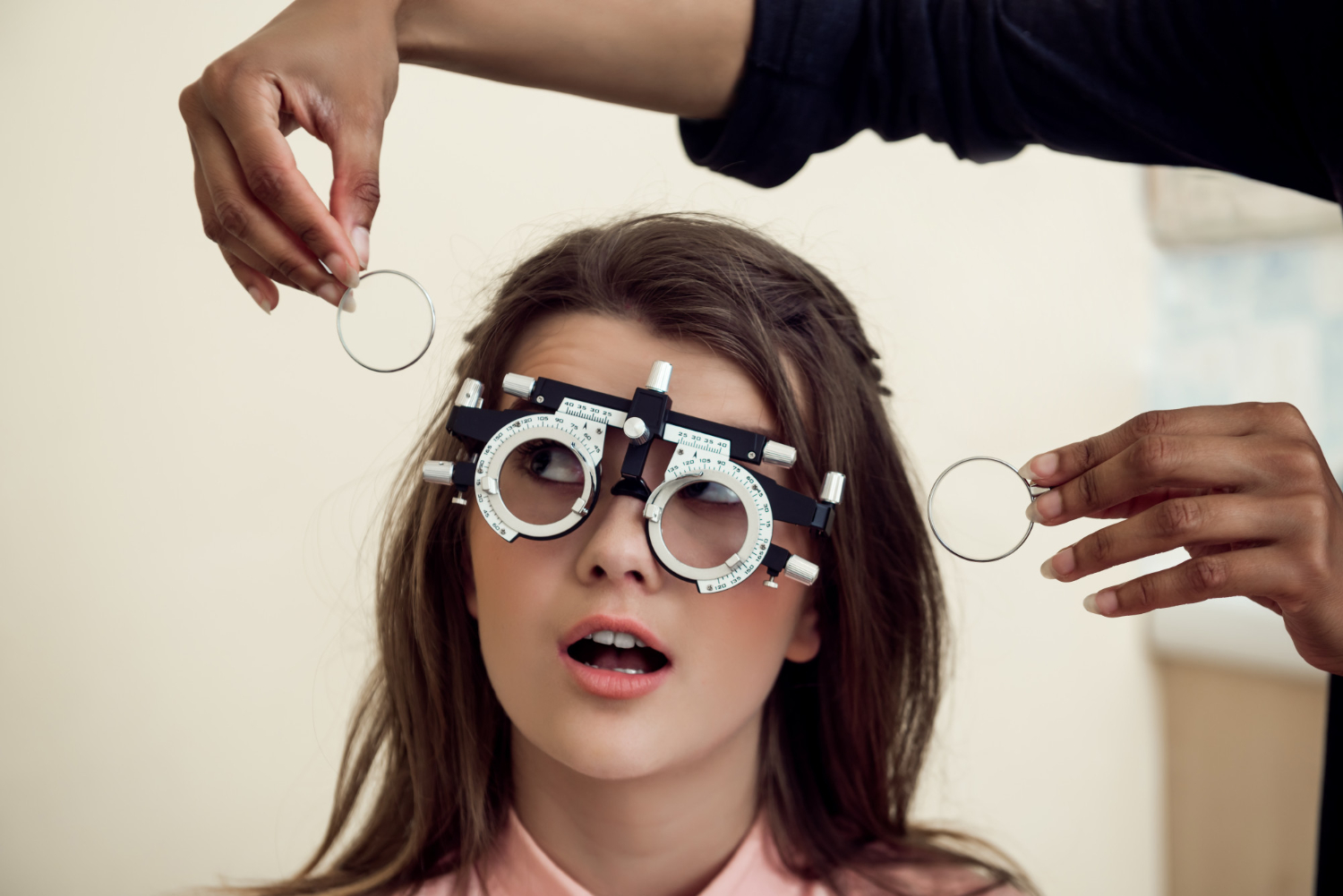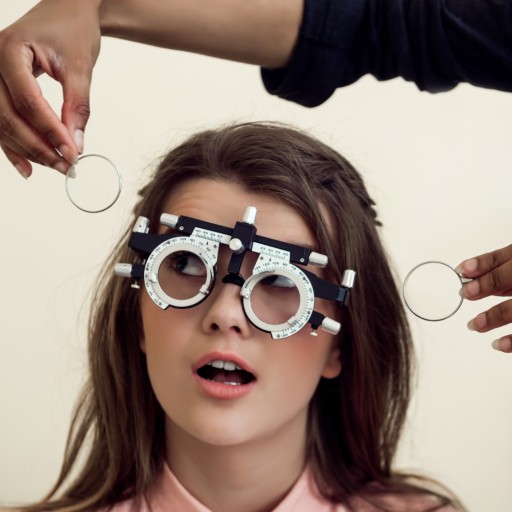Crossed Eyes Treatment
2 results foundCrossed Eyes Treatment
People with crossed eyes face challenges in doing everyday things, even reading or driving. School-going children may also suffer from social issues due to the disease, and that is somewhat detrimental to their self-esteem. Fortunately, there are various ways of treatment, and the best results are achieved when the intervention is done early enough.
What is Strabismus?
Strabismus is that condition wherein the eyes are not aligned properly. This misalignment could be one eye looking directly and the other turning inwards, outwards, upwards, or downwards. It may appear constant or intermittent and affects all ages, although it is most prevalent among children. The understanding of the types would provide a proper insight into the modes of treatment.
Symptoms of Crossed Eyes
The symptoms of crossed eyes may vary, but they may include, yet are not limited to:
Misaligned Eyes: One or both of the eyes may seem crossed or appear misaligned.
Double Vision: Some individuals may see two images of a single object.
Difficulty with Depth Perception: Misalignment can make one's judgment of distance not correct.
Eye Strain: Strabismus can lead to discomfort or tiredness in the eye.
Being able to recognize these symptoms allows one to be treated effectively.
Causes of Crossed Eyes
A number of conditions, such as those mentioned below, are likely to bring about the development of strabismus:
Genetics: It can be easily brought on if there has been anyone with strabismus in the child's past family medical history.
Neurological Conditions: Some neurological disorders may be so serious that they could affect the proper alignment and coordination of the eyes.
Vision Problems: Other vision problems such as refractive errors may be another contributing factor to causing strabismus.
Injury: Any injury to the eye itself or to the area surrounding it may bring about its misalignment.
Knowing the underlying causes is imperative in formulating an appropriate treatment.
Treatment Options for Crossed Eyes
Of course, the treatment for crossed eyes would depend on the severity and root cause of this condition. Some of the common options include:
a. Glasses or Contact Lenses
For most people, corrective lenses can aid in achieving better alignment and visual acuity. Glasses could be worn for refractive errors, which are a common cause of strabismus and thus relieve the symptoms.
b. Vision Therapy
It consists of a set of procedures done to improve eye coordination and strengthen eye muscles. It works perfectly for children in a non-invasive way, and generally it has shown dramatic enhancements in alignment and visual skills.
c. Prism Lenses
Prism lenses can be prescribed to the glasses in assistance to misalignment. The lenses refract the light as it enters the eye, hence giving the brain a clear visual impression and avoiding double vision.
d. Surgery
For the people with sever problems, surgery needs to be performed. In this surgery for strabismus, the muscles of the eye are adjusted so that the eyes are aligned. This surgery usually comes under general anesthesia, and the success rate is quite high.
Early Intervention
Early diagnosis and treatment of crossed eyes are highly recommended, especially for children. Early diagnosis of strabismus can increase the likelihood of successful treatment and restore vision. Parents need to be very keen on their child's eye alignment and, upon the development of any signs, should seek professional help.
After-Care
Follow-up care after the treatment for crossed eyes is necessary. Some need to attend eye exams on a regular basis to monitor their progress and ensure their effective treatment. Some will undergo surgery, wherein post-operative care has to be carried out to ensure that proper recovery is achieved.
Lifestyle and Home Remedies
Along with professional treatments, there are a few lifestyle changes and home remedies which can help in maintaining eye health:
Exercising the Eyes: Some of the simple exercises help in strengthening the eye muscles and maintaining good coordination.
Wholesome Diet: A diet full of vitamins and minerals helps in nourishing the eyes altogether.
Limiting Screen Time: Reducing prolonged exposure to screens relieves the eyes from strain and discomfort.
Why Seek Professional Help?
Consult an eye care professional for any symptoms of crossed eyes either in yourself or your child. An eye doctor will be able to do a thorough evaluation of the degree at which the condition prevails and prescribe the most appropriate treatments. Early intervention may promise better outcomes and improved quality of life.
Crossed eyes can affect the quality of life: from one's vision to self-esteem. Fortunately, the other treatment options range from glasses and vision therapy to a surgical cure. Thus, if you are having problems with strabismus or know of someone who is, consulting a professional would be a first step toward better eye alignment and quality of vision. Do not hesitate to book a consultation to discuss options that could work to achieve restored confidence with clear vision.


